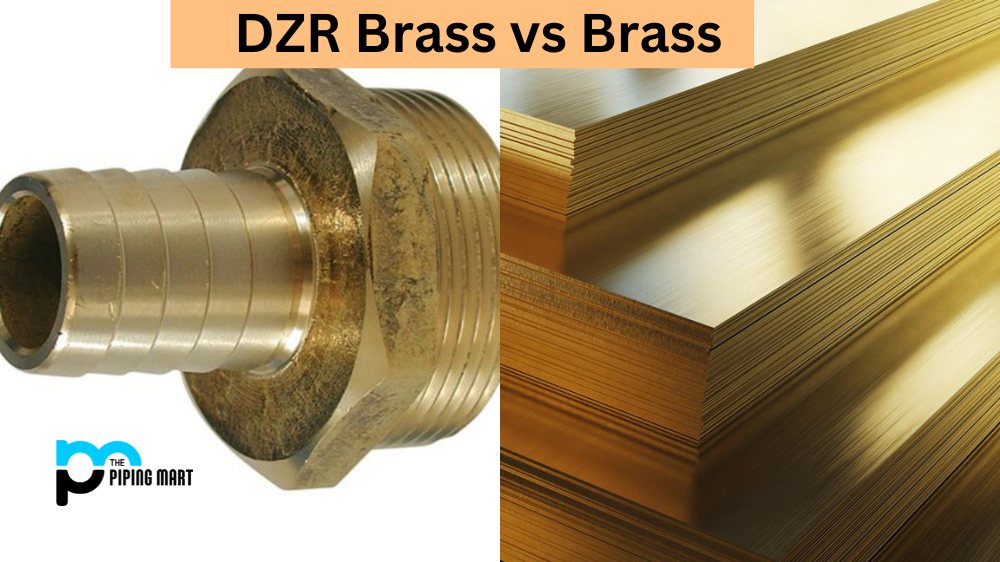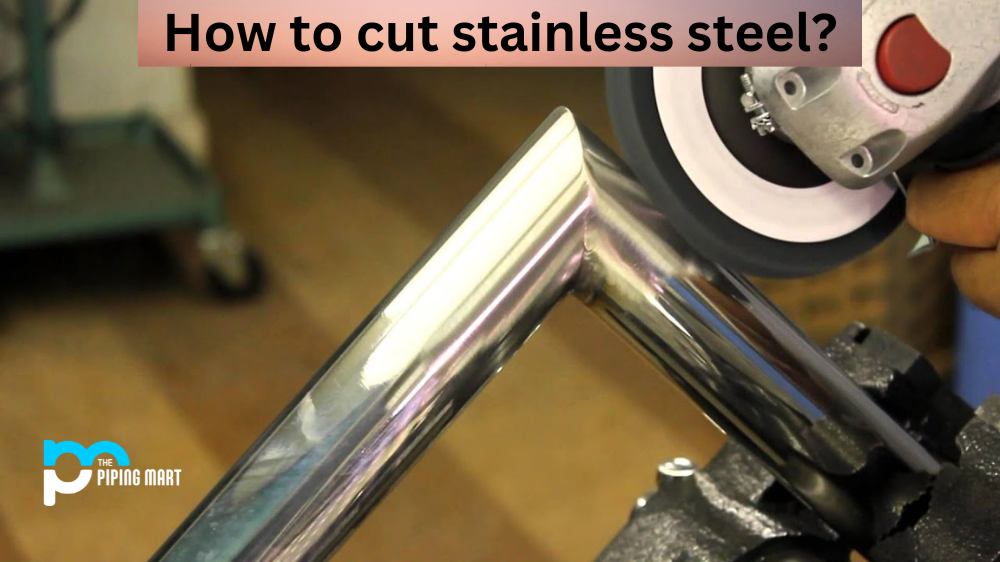If you are considering brass for your next project, then you may have heard of DZR or dezincification-resistant brass. But what exactly is it, and how does it differ from normal brass? Let’s take a closer look at the differences between these two types of brass to help you decide which one is right for your needs.
What Is DZR Brass?
DZR, or dezincification-resistant brass, is a special type of copper alloy that has been specifically designed to resist corrosion better than standard brass. It contains a higher percentage of zinc than standard brass and can withstand much harsher environments without corroding or developing pinholes on its surface. This makes it ideal for use in plumbing systems and other applications that require a high degree of resistance to water, chemicals, and other corrosive materials.
DZR Brass
DZR brass is a type of brass that contains a small amount of zinc. This addition makes the brass more durable and less likely to corrode. DZR brass is often used in applications where corrosion resistance is important, such as in plumbing.
Standard Brass
Standard brass is a type of brass that does not contain any zinc. This makes the brass more malleable and easier to work with. Standard brass is often used in applications where strength is not as important, such as in jewelry making.
Difference Between DZR Brass and Brass
The major difference between regular brass and DZR is the amount of zinc present in each type. Standard brass typically contains around 30% zinc, while DZR contains much more—up to 60% in some cases. This additional zinc helps protect the metal from corrosion by forming an oxide layer on its surface that prevents water from penetrating into the interior of the metal, where it could cause damage. Additionally, because there is more zinc present, DZR will not develop pinholes as quickly as standard brass when exposed to harsh environments.
Another difference between DZR and regular brass lies in its flexibility. Regular brass has a relatively low melting point which makes it ideal for shaping into intricate designs but also makes it susceptible to cracking or breaking when exposed to extreme temperatures or stressors. On the other hand, because of its higher zinc content, DZR has a much higher melting point which makes it stronger and less prone to cracking under pressure but also limits its ability to be shaped into complex designs.
Advantages of DZR Brass
The main advantage of DZR brass is its increased durability and resistance to corrosion. This makes it an ideal choice for applications where those properties are important, such as in plumbing.
Advantages of Standard Brass
The main advantage of standard brass is its malleability. This makes it easier to work with than DZR brass, which can be more difficult to shape and mould. Standard brass is often used in applications where those properties are important, such as in jewelry making.
Disadvantages of DZR Brass
The main disadvantage of DZR brass is its increased price compared to standard brass. Additionally, DZR brass can be more difficult to work with than standard brass due to its increased hardness.
Disadvantages of Standard Brass
The main disadvantage of standard brass is its decreased durability and resistance to corrosion compared to DZR brass. Additionally, standard brass may be more difficult to find than DZR brass as it is not as commonly used in certain industries.
Conclusions:
In summary, while both regular and DZR brass has their benefits, there are some key differences that should be considered before selecting one over the other for your next project. For applications where strength and resistance against corrosion are paramount—e.g., plumbing systems—then DZR is likely the better option due to its higher zinc content which provides superior protection against water penetration and corrosion damage. However, if designing intricate shapes is required, then regular brass might be preferable due to its lower melting point, which allows for greater flexibility during shaping processes. Ultimately, whichever type you choose will depend on your specific needs, so make sure you consider all factors before making your decision!

Pipingmart is a B2B portal that specializes in metal, industrial and piping items. Additionally, we share the latest information and information about materials, products and various types of grades to assist businesses that are involved in this business.




